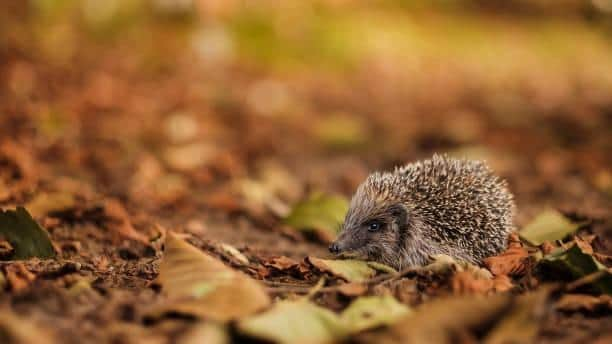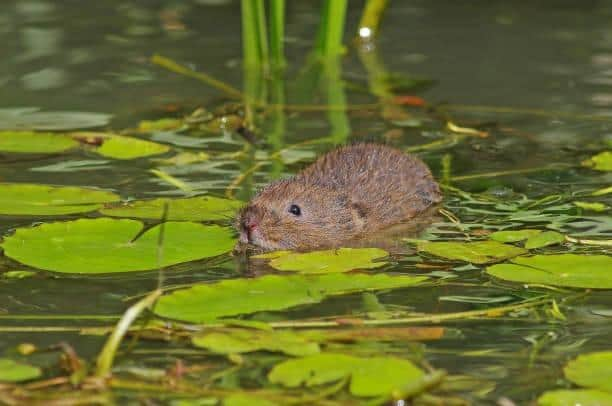The most endangered species in West Yorkshire and how to help them
and live on Freeview channel 276
West Yorkshire is home to a remarkable diversity of wildlife.
However, many of the species who live here are now at risk of disappearing forever due to habitat destruction, climate change, and various human-induced threats.
Advertisement
Hide AdAdvertisement
Hide AdEcology and arboriculture consultancy, Arbtech, explored the numerous endangered species across the region, shedding light on their unique characteristics, the challenges they face, and the collective efforts underway to preserve these iconic and irreplaceable members of the British ecosystem.


Here are five of the most endangered animals in the region and how to help them.
- Hedgehog
While in the 1950s there were 36 million hedgehogs, in 2013 they went down to one million, resulting in a 97% decrease in population.
We can take several steps to preserve these beloved creatures, and creating hedgehog-friendly gardens is a key one. This includes providing access to fresh water sources and food and ensuring safe passage like installing tunnels or small openings in fences.


- Red Squirrel
Advertisement
Hide AdAdvertisement
Hide AdRed squirrels face a daunting challenge from the invasive grey squirrel species, leading to their decline, which saw numbers fall to only 140,000 individuals in 2023.
Protecting the habitat of red squirrels, especially coniferous woodlands, is essential to preserve the species. Conservation efforts should include preserving these woodland environments and monitoring the red squirrel populations to ensure their survival.
- Beaver
Beavers are vital to maintaining healthy wetland ecosystems, yet they are threatened by habitat loss and human persecution.
Tree guards and barriers can protect valuable crops while allowing beavers to coexist with human activities in areas where beavers interact with farmland. Public education is also crucial, as it fosters appreciation for these ecosystem engineers and promotes coexistence.
- Bats
Advertisement
Hide AdAdvertisement
Hide AdBats are essential for ecosystem health but face habitat loss and disturbances.
Protecting bat roosts, whether in caves, buildings, or trees, is crucial as well as minimising light pollution in urban areas – which helps bats navigate and hunt at night, ensuring their survival.
- Water Vole
Water voles have faced habitat destruction and predation, particularly by invasive species such as mink, and their population has declined 94% since the 1990s.
Preservation efforts must involve the creation of buffer zones along watercourses, preserving and restoring their natural habitats.
Data courtesy of https://arbtech.co.uk/